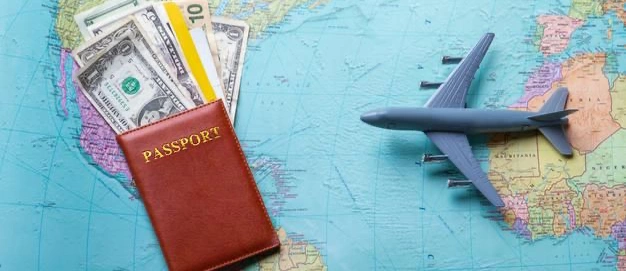When Your Connection Takes a Vacation Too — Common Mobile Issues While Traveling
t’s 2025, and it feels like staying connected anywhere in the world should be easy. We rely on instant messaging, video calls, maps, translators, and booking apps as second nature. But the moment you cross a border, everything changes. Suddenly, the connection isn’t as reliable — or doesn’t work at all.
One of the most common issues travelers face is VoIP blocking — when countries restrict internet-based calling services. A well-known example is the United Arab Emirates (UAE), where voice and video calls through WhatsApp, Telegram, FaceTime, and even Zoom are disabled. You can send messages, but audio and video calls simply won’t go through. These restrictions are enforced on a national level and cannot be bypassed through regular app settings.
The go-to solution is usually a VPN — but even that comes with complications. Free VPNs often don’t work in countries with strong internet restrictions. Paid services like NordVPN, Surfshark, or ExpressVPN are generally reliable, but you need to install and activate them before your trip. In countries like the UAE or China, even VPN provider websites can be blocked.
Another frequent issue is slow or unstable mobile internet when using international eSIM services. Many travelers opt for popular eSIMs like Airalo or Holafly, which are convenient and easy to set up. However, in certain regions or during peak hours, you might find that connection quality drops drastically. That’s because eSIM services rely on local carrier partnerships, and they don’t always connect to the strongest available networks. The result? You technically have internet, but it loads slowly, navigation apps lag, and videos don’t play smoothly. This can happen in places like Turkey, Egypt, India — and even parts of Europe.
Sometimes, your phone itself may be the problem due to frequency band incompatibility. Not all devices support the network bands used in Southeast Asia or South America. You might see signal bars, but have no working data connection — or fall back to 2G, which is barely usable in today’s world.

Then there’s the issue of unreliable Wi-Fi. Hotels often advertise “fast and free Wi-Fi,” but in reality, speeds can be painfully slow — just enough to load text messages. In cafes, Wi-Fi might only be available after making a purchase. And in airports, access may require a local phone number, which you don’t have.
Even smaller frustrations like the inability to hotspot from your eSIM to your laptop can cause major inconvenience — especially if you work remotely or want to connect your tablet.
💡 How to stay connected while traveling:
✔ Set up a VPN in advance, especially for countries with known internet restrictions (UAE, China, Iran, etc.).✔ Check if your phone supports the network bands of your destination country.✔ Choose reliable eSIM providers with strong reviews about speed and connection stability.✔ Download offline maps before your trip — Google Maps (offline mode), Maps.me, or Organic Maps.✔ Consider buying a local SIM card if staying long-term or needing stable daily access.

Travel should be joyful, light, and full of new experiences — not digital frustration. Being prepared doesn’t mean being paranoid — it means staying free, connected, and confident no matter where you land. Because when the internet works, so does everything else.
Close